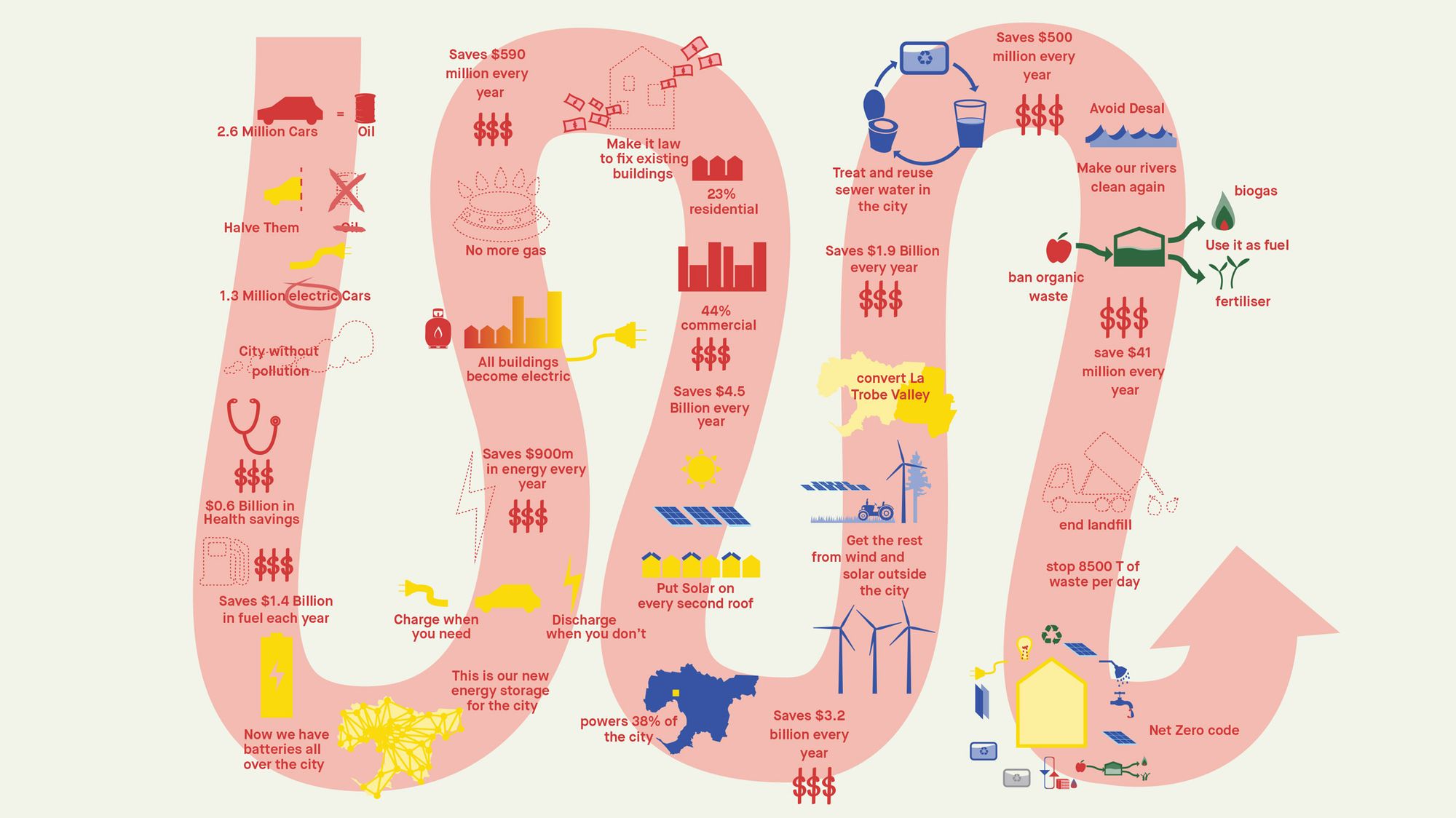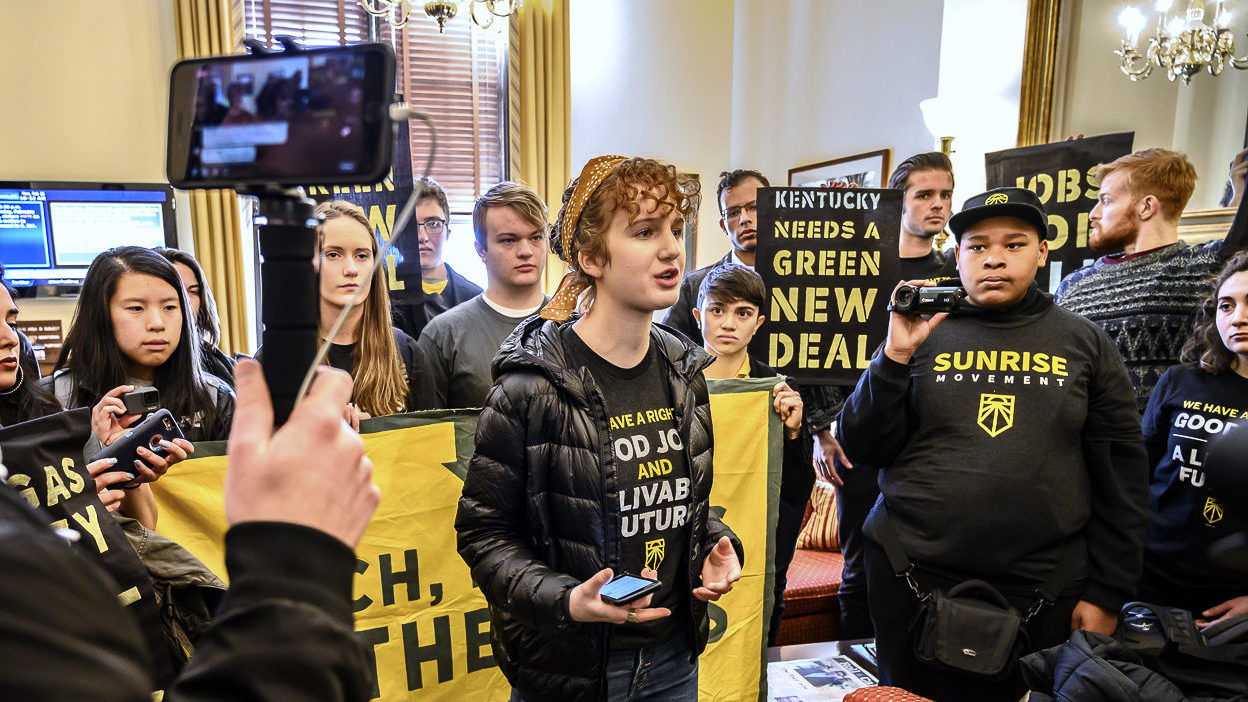so... i have a confession

really, i have two. the first is that i have spent the last two weeks watching love island UK & australia and i have very strong feelings about every single person's accent.
the second is that until this week, i hadn't actually read the text of the green new deal resolution.

i've talked before about how climate anxiety had me burying my head in the sand for a clean decade. i expected that engaging with climate organizing, environmental justice, and the GND would mean crying about bb polar bears and reducing how much waste i produce. basically i thought it would be like this:
this is what decades of our country preaching personal responsibility for a problem mostly created by a handful of very rich corporations will do to you.
as i've been diving into environmental organizing (more on that to come), i've finally taken the time to read the actual text of the green new deal. my review is as follows:

no wonder fox news and rich congressmen are shitting themselves.
this resolution has everything. it covers addressing the racial wealth gap, bolstering workers rights, improving infrastructure, creating quality jobs, improving transportation, increasing access to healthy food, and providing meaningful education to all in addition to, you know, SAVING OUR WHOLE ASS PLANET.
there is not a person alive who would not benefit from adoption and execution of this resolution.
alright, alright, alright, you're thinking. sounds great, but let's be realistic.
how the fuck could we actually do all of that? who is going to plan it and most pressingly, how are we going to pay for it? it's really hard to put a price tag on the GND, but a conservative think tank has estimated that to fully fund the GND it would cost $51 trillion dollars. another economist puts the cost at $18 trillion between now and 2050 to achieve net zero emissions.
these numbers are unfathomably huge, and opponents of the GND (ie: people who make money from destroying our planet or take money from people who do), like to throw them out to make it seem like we're asking for rainbows & unicorns.
but let's do a little math
$51 trillion over 30 years works out to 1.7 trillion a year until 2050
$18 trillion over 30 years works out to 600 billion a year until 2050.
the proposed budget for 2021 totals $4.8 trillion.
politicians rely on the fact that most of us don't have any idea how much money our government spends and on what.
in 2020, the defense budget alone was $738 billion dollars.
The defense bill would provide $738 billion. On Thursday, the Senate passed the two spending packages that make up the deal...The defense bill dedicates $40 million to establish a new, sixth armed service service for space...There’s $146 billion for a broad laundry list of military hardware, to include $1.87 billion for 98 F-35 aircraft, which is 20 more than the president’s request, and eight F-15EX aircraft to recapitalize the F-15C/D fleet.
biden has proposed $1.5 trillion in infrastructure spending
which would barely put us in the top ten nations globally in terms of percent of GDP spent on infrastructure.
most of what would be spent to make the green new deal a reality could be covered within existing transportation, HUD, agriculture, FEMA, and other sections of our budget if we were intentional and principled about how we allocate the money.
okay, okay... but what does it LOOK like?
that is ours to build, but plenty of people have already started. this example is the other thing from australia i've been fixating on all week.
Finding Infinity develops $100 billion zero-carbon strategy for Melbourne "that would pay for itself in less than 10 years"

One of the proposals, developed by John Wardle Architects, looks at activating Melbourne's unused rooftops. It suggests that, by installing canopies made out of solar-energy-harnessing photovoltaics, these spaces could be used for co-working, community gardening, learning or events. At the same time, they could help to power the city. "Melbourne has only implemented one per cent of its total solar energy potential. We worked out that, if you put solar energy on every second rooftop, it would generate 40 per cent of the energy the city consumes," said Harding. Hassell's proposal sees an existing multilevel car park in Little Collins Street become a battery bank, using vehicle-to-grid technology to optimise the use of battery power from electric vehicles...Other proposals include a museum that makes non-recyclable waste a spectacle of the past, existing buildings refurbished to meet Passivhaus standards, a social enterprise that teaches repair and reuse, and a hub of solar agriculture in Latrobe Valley.
it's estimated that this project (in addition to paying for itself in only 10 years) will create 80,000 jobs. 80,000. jobs.
our own u.s. government has released reports stating that climate change has cost us, tax payers, $350 billion dollars in the last decade.
i don't think it's unreasonable or unfeasible for our money to be spent building a better world, rather than cleaning up behind our current one as inefficiently as we can.
for more information and how you can get involved, visit sunrise movement.

as always, i hope this was useful.
if it was and you've got five bucks a month to spare, click here.
with hope,
katie wills evans

